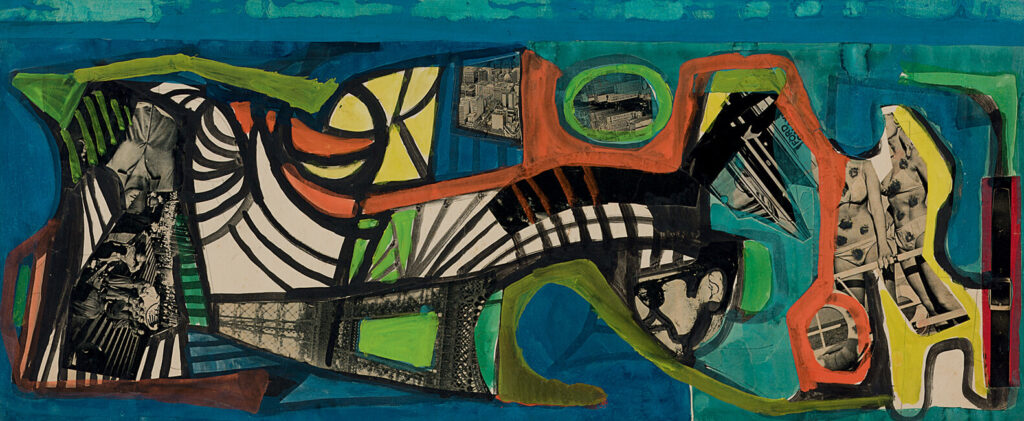
Roberto Burle Marx (August 4, 1909, São Paulo – June 4, 1994, Rio de Janeiro) was a Brazilian landscape architect (as well as a painter, print maker, ecologist, naturalist, artist and musician) whose designs of parks and gardens made him world famous. He is accredited with having introduced modernist landscape architecture to Brazil. He was known as a modern nature artist and a public urban space designer.
Robert Burle Marx’s father was an emigrant from the city Trier in Germany. His mother was Brazilian from the “upper class”. Burle Marx’s first landscaping inspirations came while studying painting in Germany, where he often visited the Dahlem Botanical Gardens and first learned about Brazil’s native flora. Upon returning to Brazil in 1930, he began collecting plants in and around his home. In 1932, Burle Marx designed his first landscape for a private residence by the architects Lucio Costa and Gregori Warchavchik.


In 1949 he acquired the 365,000m² estate Barra de Guaratiba (just outside of Rio de Janeiro) to house his growing collection of plants. This property was later donated to the Brazilian government. Now called Sítio Roberto Burle Marx it houses over 3,500 species of plants and is a national monument. Roberto Burle Marx founded a landscape studio in 1955 and in the same year he founded a landscape company, called Burle Marx & Cia. Ltda.
Much of his work has a sense of timelessnes and perfection. His aesthetics were often nature based, for example, never mixing flower colours, utilisation of big groups of the same specimen, using native plants and making a rocky field into a relaxing garden. He was very interested in each plant’s character and what effect that has on the whole garden. He spent a lot of time in the Brazilian forests where he was able to study and explore. This enabled him to add significantly to the botanical sciences, by discovering new rocks and plants for example. At least 30 plants bear his name. ~HG.
Pot za Brdom 102, 1000 Ljubljana, Slovenia, Europe
info@aamicorporation.com
VAT identification number: 23525266
Company registration number: 8620296000
DUNS number: 538173333
IBAN: SI56 6100 0002 3817 630, Delavska Hranilnica d.d., Swift/BIC: HDELSI22
Ljubljana – Prague – London – Hong Kong
Crystal Palace, Ameriška 8, 1000 Ljubljana, Slovenia, Europe
info@institute-aami.com
VAT identification number: SI 37696734
Company registration number: 6930735000
DUNS number: 507387910
IBAN: SI56 6100 0001 8673 914, Delavska Hranilnica d.d., Swift/BIC: HDELSI22
IBAN: SI56 3400 0101 7374 388, Banka Sparkasse d.d., Swift/BIC: KSPKSI22XXX
Karingerjeva ulica 2, 1000 Ljubljana, Slovenia, Europe
VAT identification number: 78203104
Company registration number: 5890225000
IBAN: SI56 6100 0001 6691 622, Delavska Hranilnica d.d., Swift/BIC: HDELSI22
Vodnikova cesta 129a, 1000 Ljubljana, Slovenia, Europe
VAT identification number: 20651465
Company registration number: 8698546000
IBAN: SI56 6100 0002 4496 145, Delavska Hranilnica d.d., Swift/BIC: HDELSI22
Privacy policy | Terms & conditions